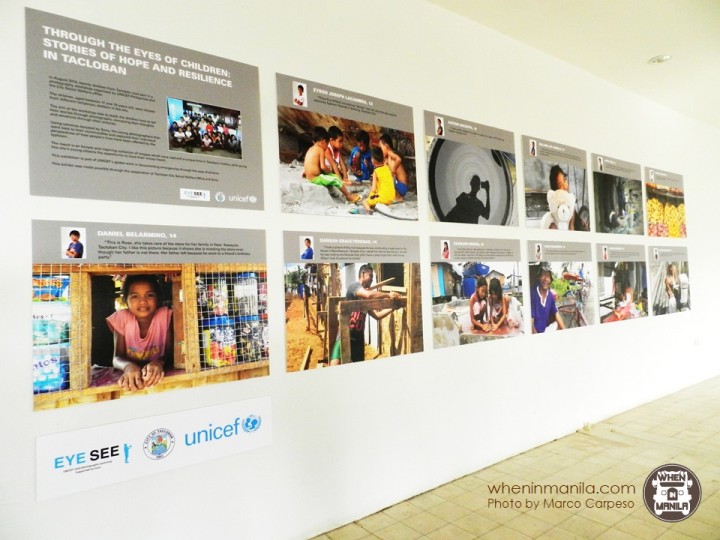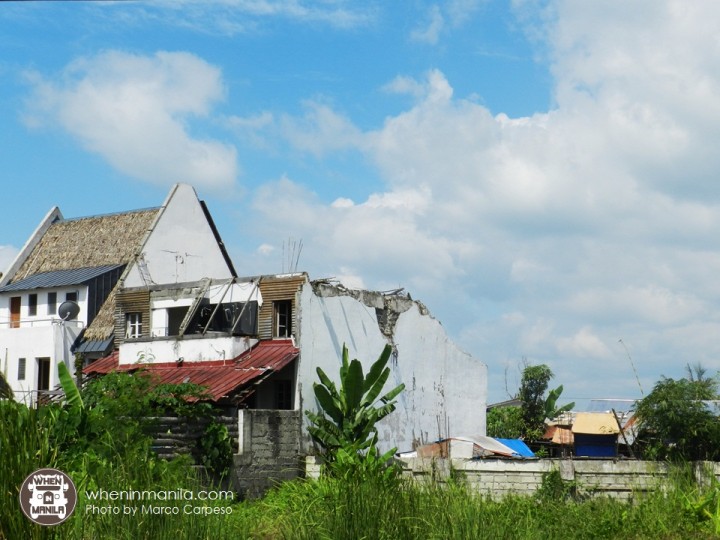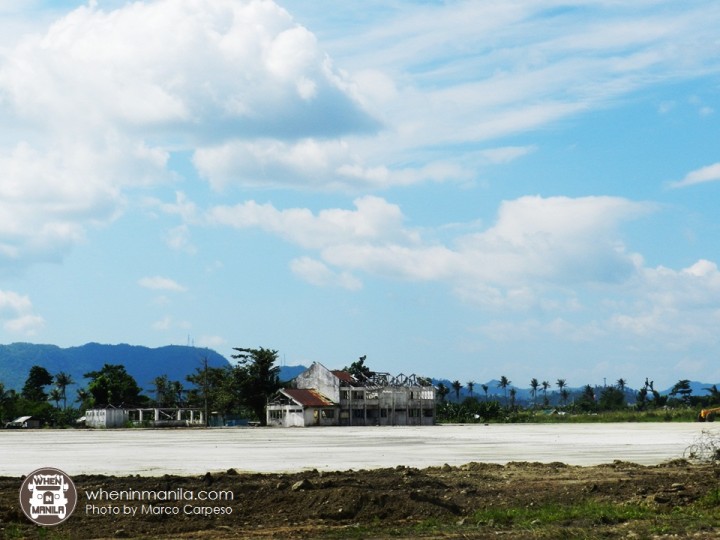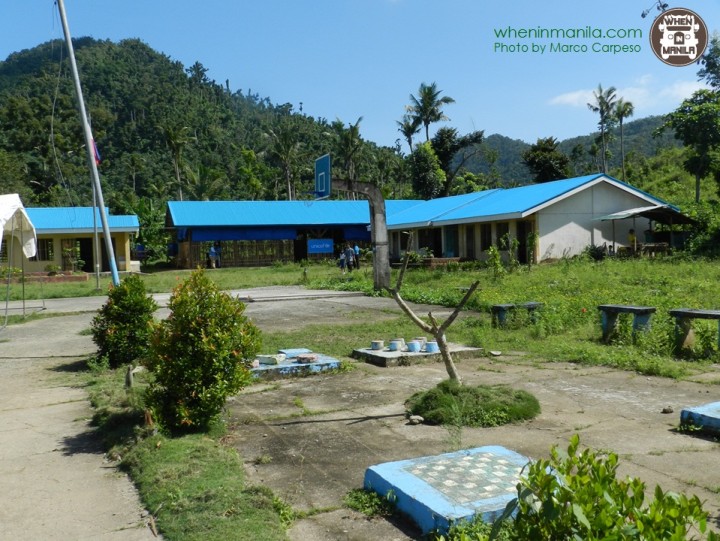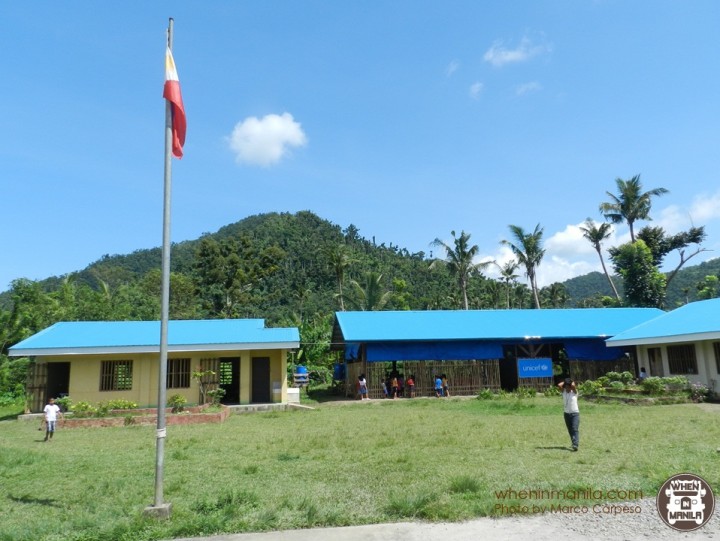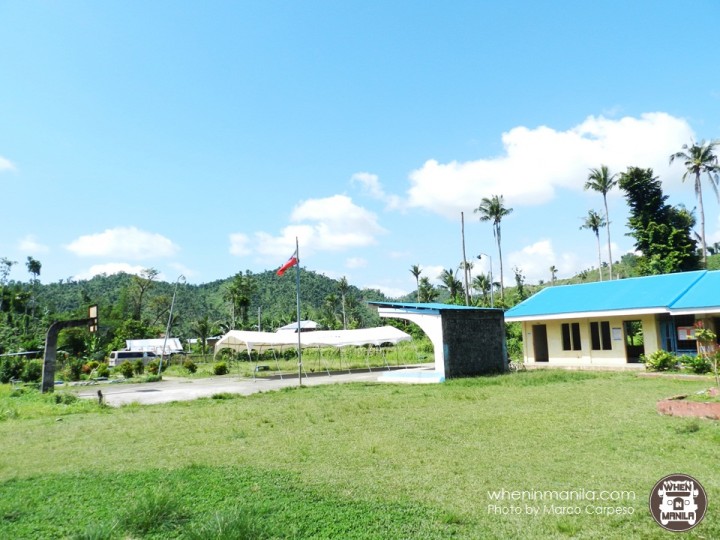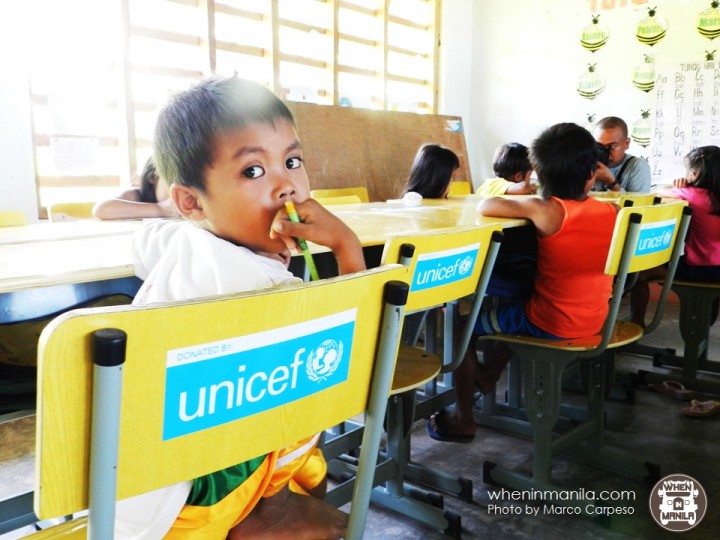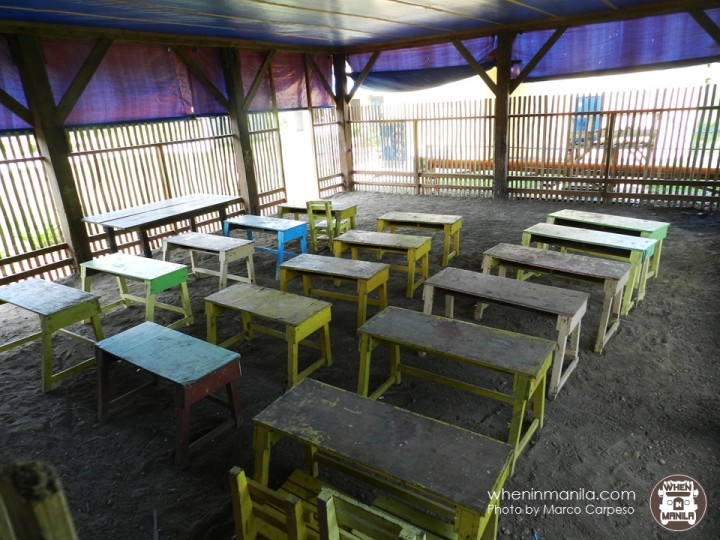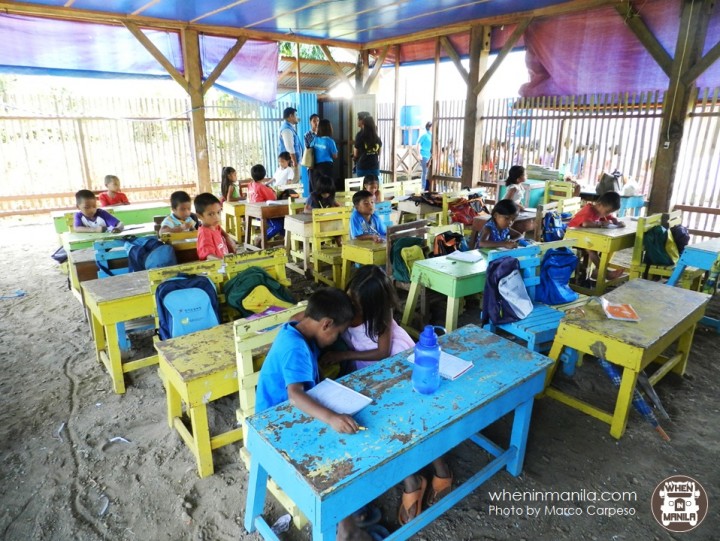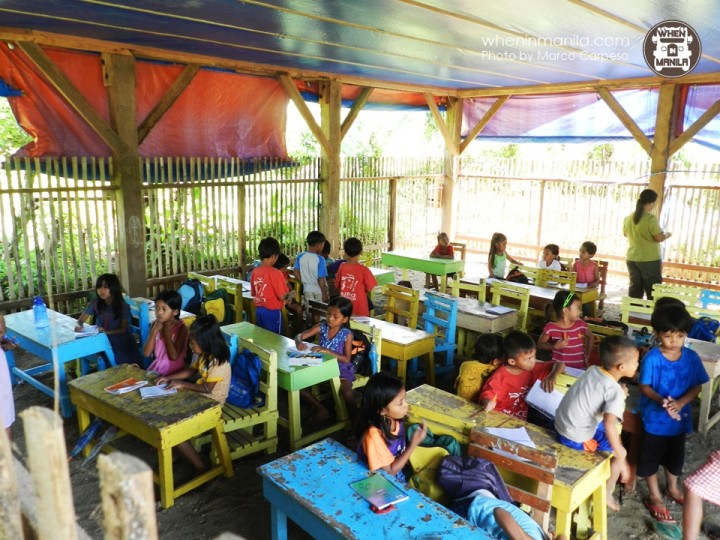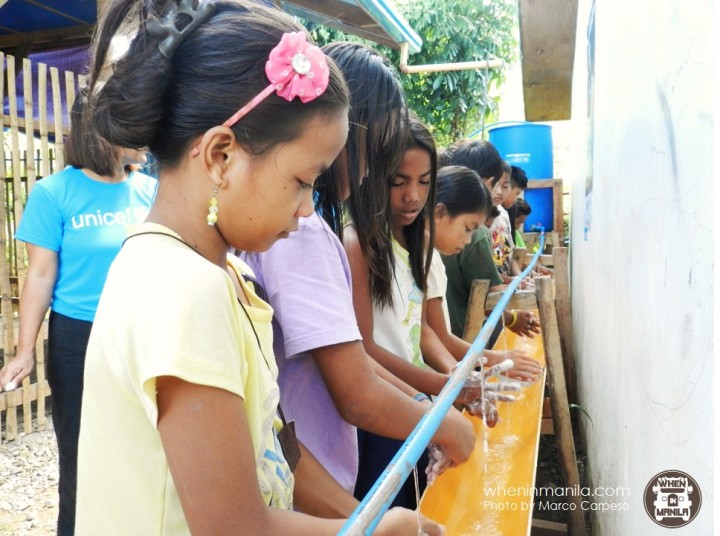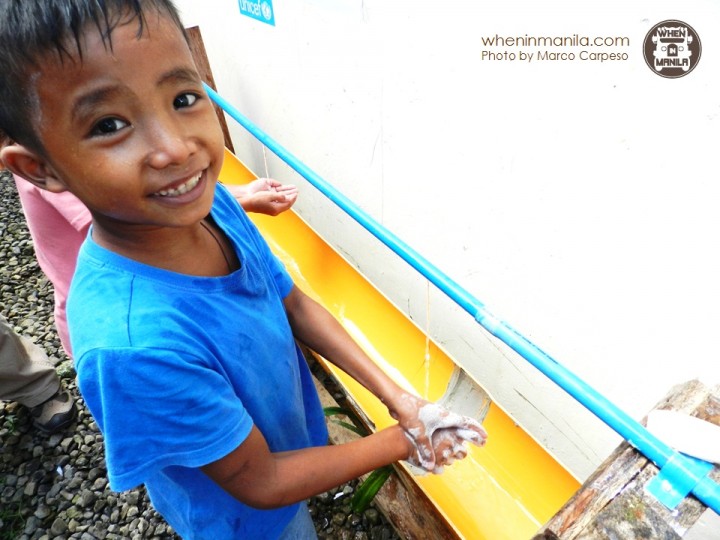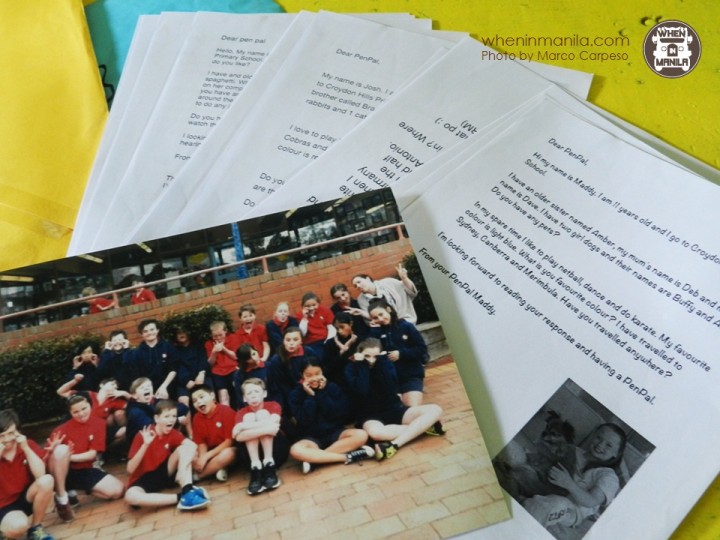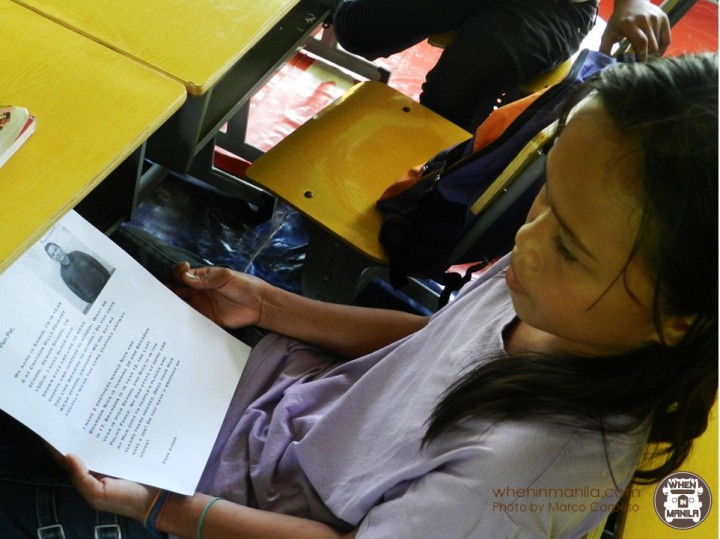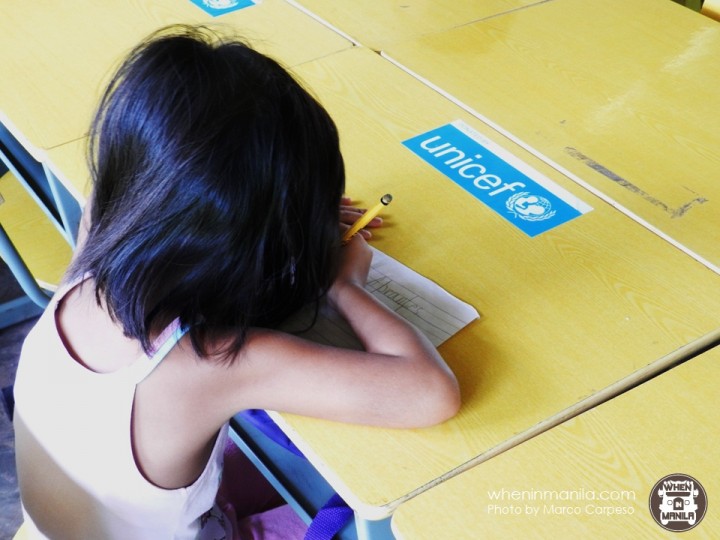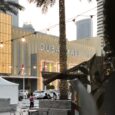Tacloban – A Year After Typhoon Haiyan
I was sitting beside the window inside a plane on the way to Tacloban. We were 40 minutes away from landing and there was a peculiar feeling in my stomach. It wasn’t because of claustrophobia nor because I was afraid of heights, but because I was not ready to see what had happened to my fellow kababayans after the onslaught of Typhoon Haiyan.
This time last year, I spent days volunteering at Villamor Airbase to help those who were affected by Typhoon Haiyan. I welcomed survivors from Tacloban as they got off the C130’s and gave food to the survivors and the families who stayed at Villamor Stadium. I saw how the calamity had torn apart the hopes and dreams of these people, but what was amazing was that they had the strength to get back up and go on with their lives despite everything.
Along with UNICEF, we landed in Tacloban with a full day ahead. We were scheduled to visit schools, bunkhouses and attend an exhibit.
At the airport, passengers could view UNICEF’s project EYE SEE, which featured photos that survivors took after a photography workshop.
As we traveled around the city, I could still see remnants of what the typhoon had done to some homes and businesses.
Our first stop was the Barayong Elementary School in Palo, Leyte.
It was an uphill travel since the school is located in the mountain area of Leyte.
There are about 7 classrooms in Barayong that accommodates students from grades 1 to 6.
After the Typhoon, UNICEF had repaired classrooms across Typhoon Haiyan’s affected areas.
UNICEF also built Temporary Learning Spaces (TLS) to replace and add classrooms.
Another Project that UNICEF has pushed is WASH, which stands for Water, Sanitation and Hygiene. It basically aims to provide access to safe water through water kits, water treatment products, bladders and home storage containers.
The water supply in Barayong Elementary school comes from a well behind the property which is pumped into a large barrel to store water.
Croydon Hills Elementary School in Australia reached out to Barayong Elementary through snail mail.
UNICEF helped link these two schools together with aims of improving the communication skills of the students. Each student has a ‘pen pal’ in the same grade level as them. The students at Croydon also donated money to the school in order to buy recreational and sports materials.
Though many children aren’t back in school yet, UNICEF continues its holistic campaign, emphasising schools as protective environments and promoting comprehensive school safety.

